Are creaky knees holding you back? How to keep running with osteoarthritis!
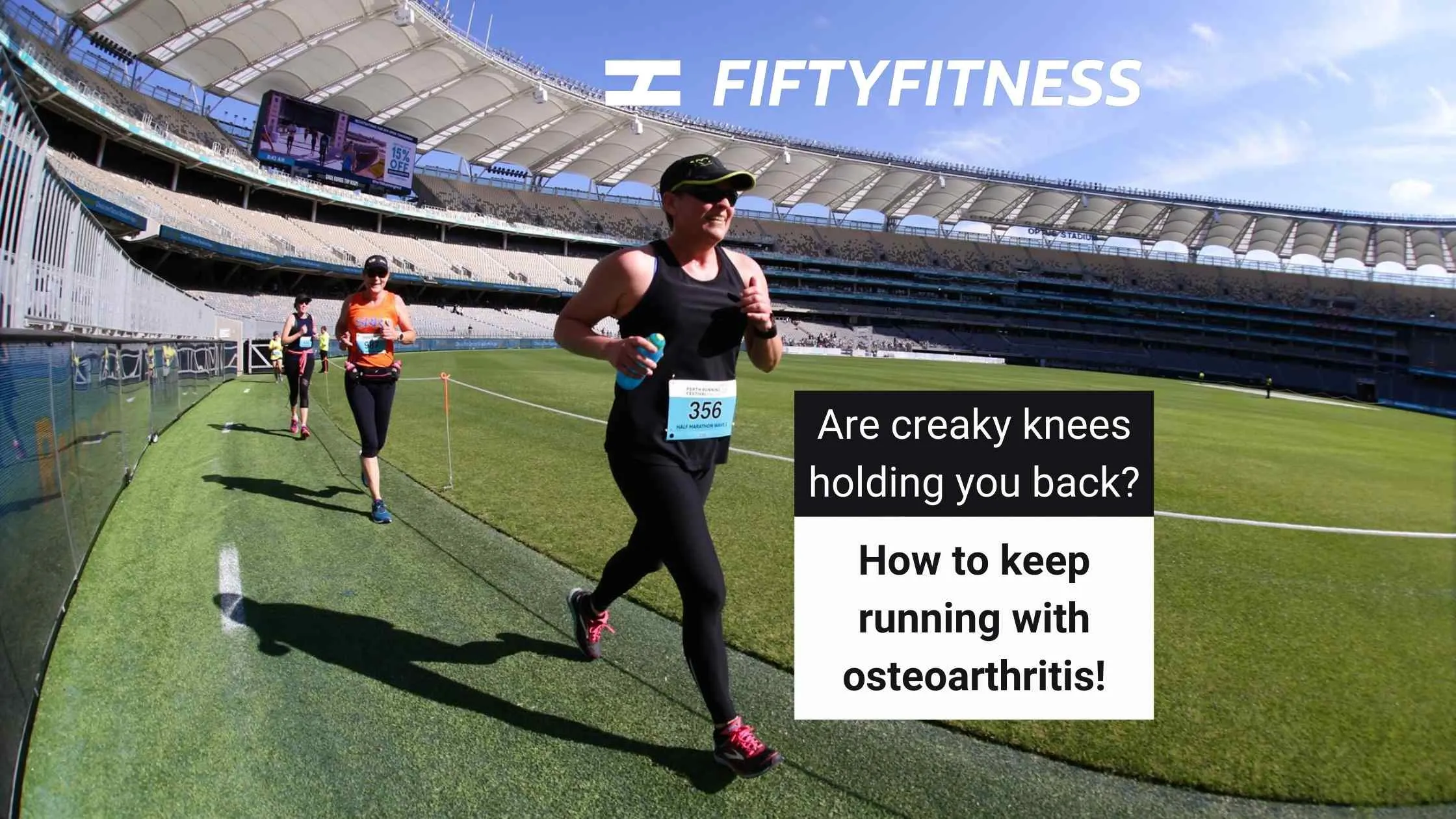
I love running and I have osteoarthritis
I am also a nerd, so it should come as no surprise that I sometimes read about running.
Being a runner with osteoarthritis, I was thrilled to find this great research article about running and osteoarthritis.
In this blog I’ll be sharing with you the main points of the research article.
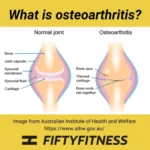
What is osteoarthritis?
Most people have an idea of what osteoarthritis is, but it’s worth giving the formal definition for context.
I found this one on the Australian Institute of Health and Welfare website.
‘Osteoarthritis is a chronic condition characterised by the breakdown of cartilage that overlies the ends of bones in joints. This results in the bones rubbing together, causing pain, swelling and loss of motion.’
Our risk of developing this condition increases with age, so it’s something we over 50s need to look out for.
Exercise is recommended for people with osteoarthritis so we should not let it stop us being active.
A physiotherapist is a great professional to consult if you have osteoarthritis and need guidance on how to increase physical activity.
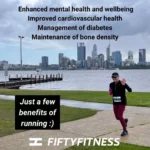
Benefits of running
Most people are aware of the benefits of running and exercise.
These include, but are not limited to:
- Enhanced mental health and wellbeing
- Improved cardiovascular health
- Management of diabetes
- Maintenance of bone density
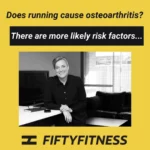
Does running cause osteoarthritis?
While being aware of the benefits listed above, people are often concerned about running being a cause of osteoarthritis, but there are more likely risk factors.
The major risk factors for osteoarthritis are things we can’t do anything about:
- Family history
- Previous joint injury
- Age over 50
- Being biologically female
- Being postmenopausal
The main modifiable risk factor for developing osteoarthritis is being overweight or obese
I’m not a personal trainer who focusses on weight loss because exercise has very little to do with it and exercise can enhance mental health and reduce disease risk factors even if we are overweight.
My advocacy for weight loss relates to the joints.
Being overweight or obese puts extra load on our joints and increases wear and tear.
Our risk of developing osteoarthritis is already increased with advancing age, so maintaining healthy weight as we go into our 50s and beyond is more important than ever.
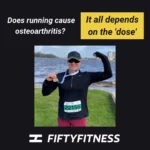
Running ‘dose’ & osteoarthritis
It turns out that ‘low dose’ running is not associated with the development of osteoarthritis and may even have a protective effect against its development and progression.
Whereas ‘high dose’ running is correlated with development of hip and knee osteoarthritis.
High dose running refers to the type done by competitive runners who cover longer distances at higher intensity than those running for fun and general fitness.

Gradual progression and muscle strength are the keys
The recommendation for those who want to give it a try is a structured and gradual progression, starting out with very short bouts of running.
In addition to running, strengthening exercises should also be done as stronger muscles support the joints.
I know this approach works
Because this is how I became a runner and how I’ve come back to running after the emergence of hip, knee and ankle osteoarthritis.
The key is to load the joints to a point that can be adapted to during recovery from running activities.
This cycle of stress and adaptation results in better conditioned joints.
Damage to the joints can occur if the stress/load is too much with insufficient recovery time.
I manage this in my routine by never running on consecutive days.
I do exercises for strengthening in between running days and always have at least one day of complete rest from exercise each week.
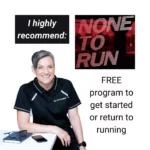
Getting started or returning to running
I’ve been researching ways I can help people get started or return to running and came across the None to Run program, which is brilliant.
The core of the program is the structured and gradual progression that I mentioned earlier.
You start with running for 30 seconds at a time with no concern about how far or how fast you run.
The None to Run program also includes strength exercises that support running.
You can start to build strength for running with this FREE workout
This workout can be done in the comfort of your home with no equipment.
Fit it into your busy schedule by starting with the 10-minute option. That’s right, just 10 minutes!
It’s a great way to get back into exercise after a long break.
This energising and attainable workout includes a warm up, strength workout and optional cardio finisher, all with clear video demonstrations.
No need to wait any longer. Follow the link to learn more and start feeling great!

https://bit.ly/FiftyFitnessBodyweightWorkout
Keep in touch
Please reach out to me if anything in this article resonates with you.
You can email me at kate@fiftyfitness.com.au or connect via social media.
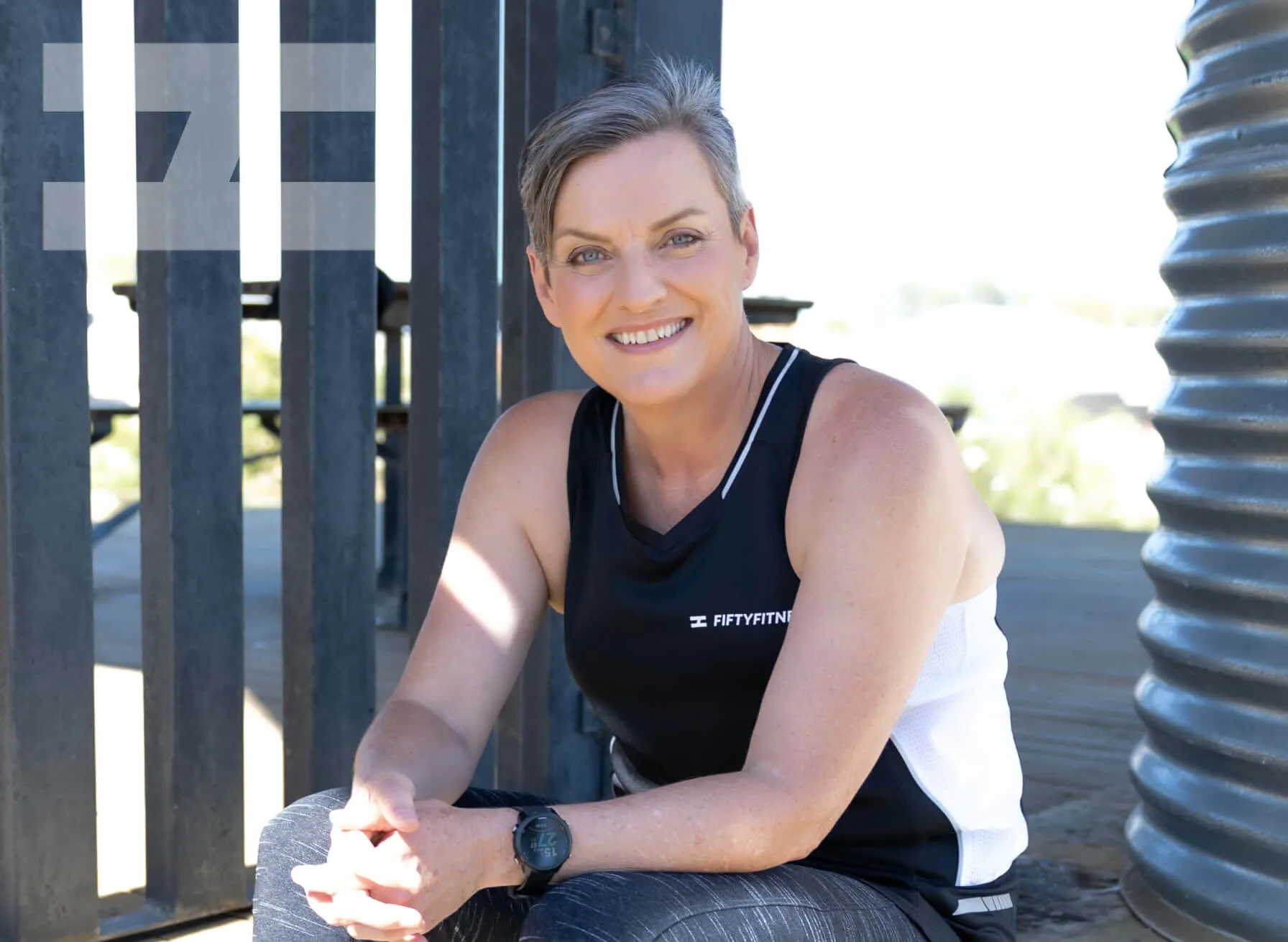
Subscribe now
Blog Subscription Form
A blog subscription form, used for the blog page and posts.
"*" indicates required fields